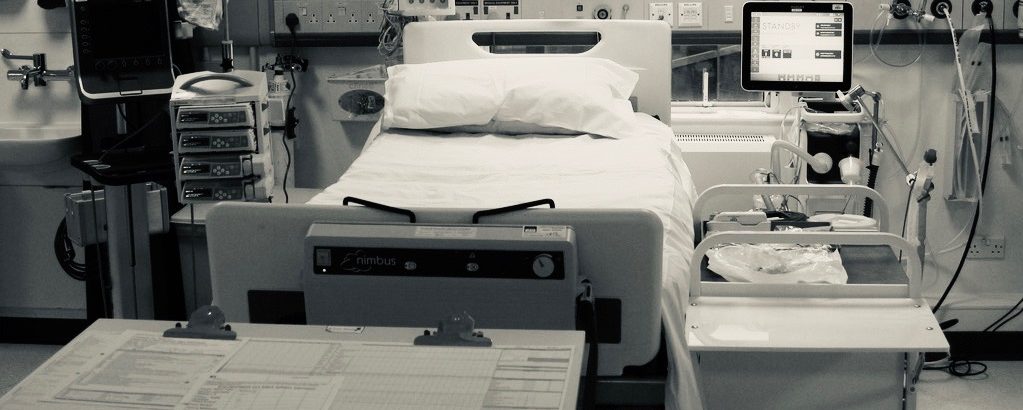Intensive care patients often have a multitude of drips and tubes. One of these is likely to be a central line or central venous catheter (CVC).

A central line in a patient’s neck (reproduced with permission)
On the general wards, patients usually receive intravenous medication through a cannula placed in a small vein in the arm or hand. Some medications are too irritant to be infused into these small veins and instead need to be given directly into a larger vein via a central line. In intensive care central lines are most often used for blood pressure support drugs but can also be required for nutrition [Total Parenteral Nutrition, TPN] or simply to provide more reliable intravenous access. Central lines have multiple lumens allowing several drugs to be given at the same time. Central lines can be sited at the side of the neck (jugular vein), between the shoulder and the collar bone (axillary or subclavian vein) or just below the groin crease (femoral vein). Lines may need to be removed & replaced during a patient’s ICU stay.
Side effects include bleeding, clots and infections.

Advanced Critical Care Practitioner inserting a central line with ultrasound guidance

Comments are closed